Level of difficulty: simple enough
The Jim score: 8.5/10 (its size made him happy)
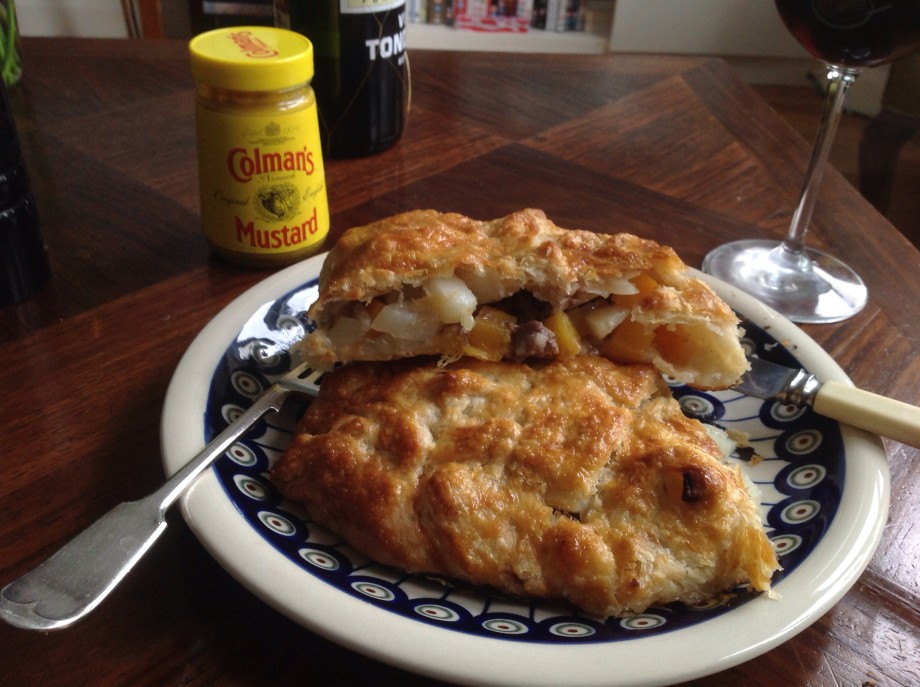
Well, it’s been a long while. The last few weeks have been completely hectic – all that life brings as well as a bonkers trip from London to Madrid in a rickety classic car, followed by a spectacularly foody time in glorious San Sebastian.
Finally I got myself in gear, made some free time one Sunday and set to work. After a fair amount of research and reading about the very particular nature of Cornish pasties (side seals, top seals, carrots, no carrots, simple filling, complicated fillings), I took the easy route and decided to follow a simple recipe from my favourite new cookery book. Incidentally it’s a book introduced to me by Dave and one that I think The Jim is very pleased about. It is ‘The Prawn Cocktail Years’ by Simon Hopkinson and Lindsey Bareham. It is a hub of nostalgic recipes which were once so fashionable – chicken kiev, crème caramel, prawn cocktail along with a host of other dishes I remember as a child. This is also a book that Dave is cooking his way through in spectacular fashion – read his blog!
I halved all the ingredients to make two pasties.
For the pastry
150g block lard
225g strong plain flour
Pinch of salt
ice-cold water to mix
For the filling
100g onion, coarsely chopped
100g swede, peeled and diced
200g rump steak (the recipe called for flank, skirt or chuck, but there was none at the shop), trimmed and diced
300g floury potatoes
Extra butter
a little water
Egg
Salt and freshly ground pepper.
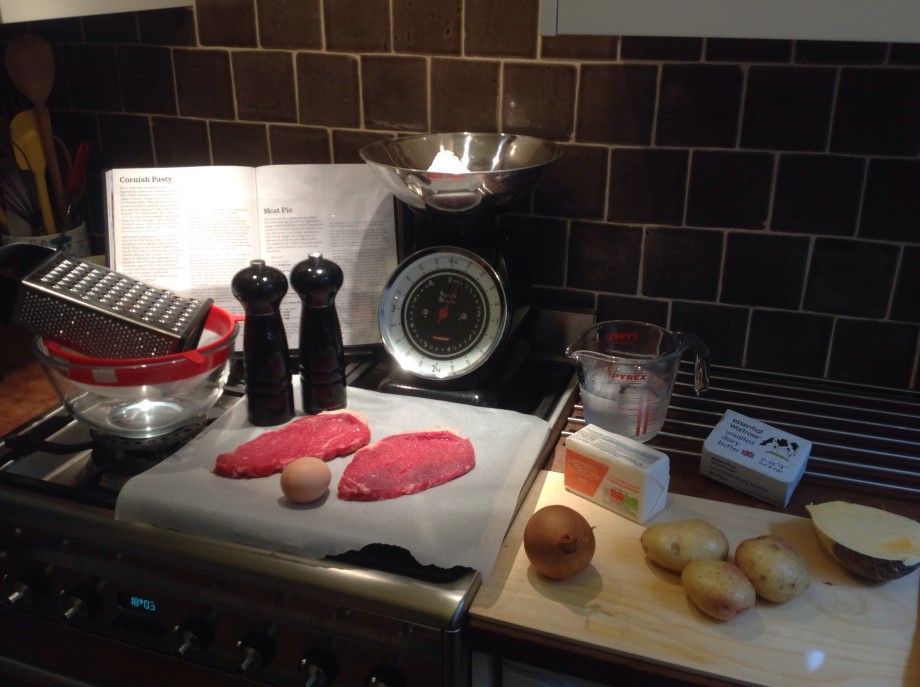
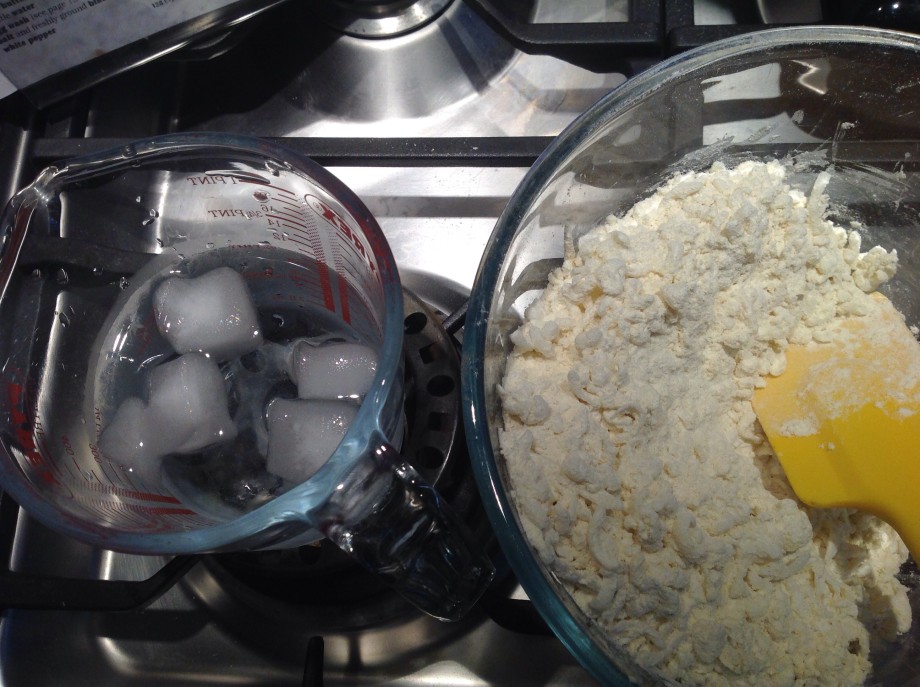
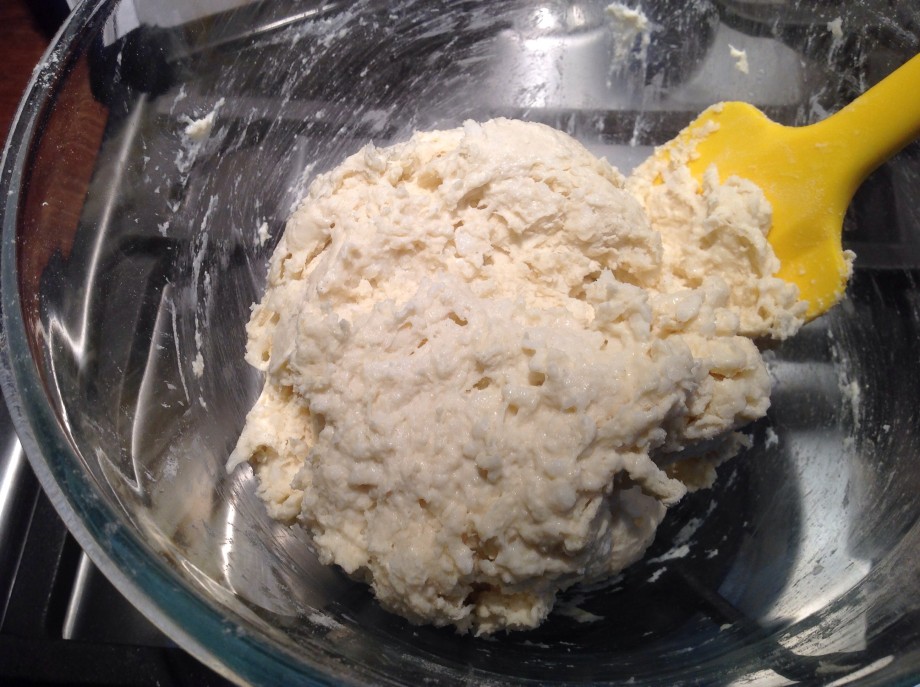
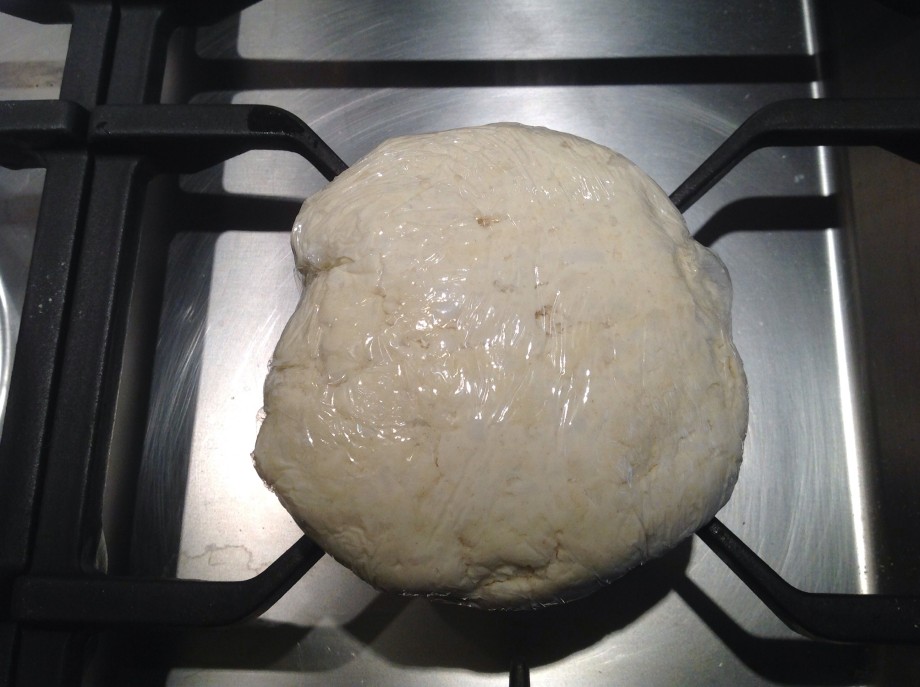
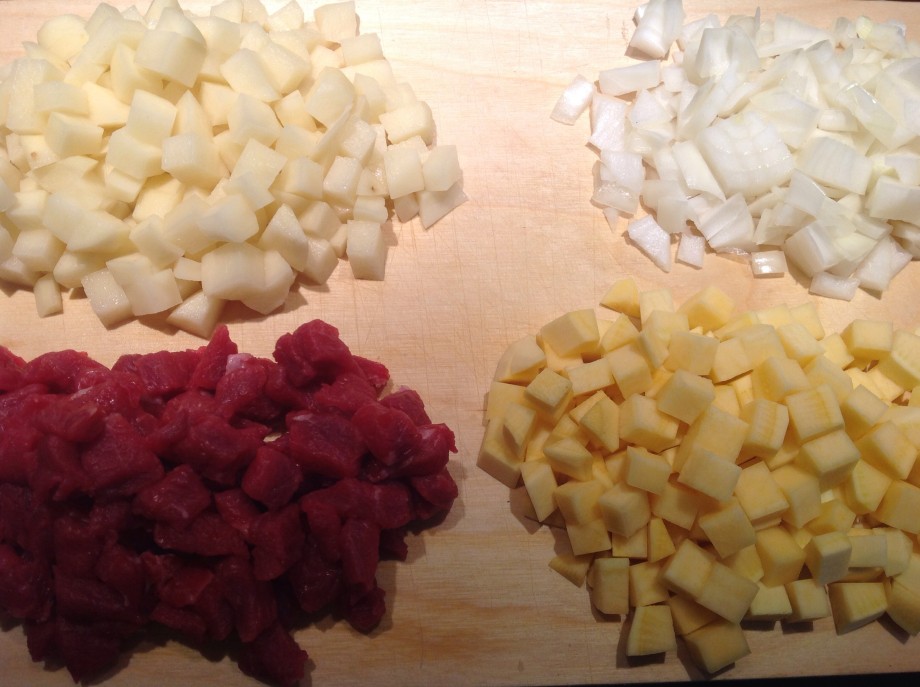
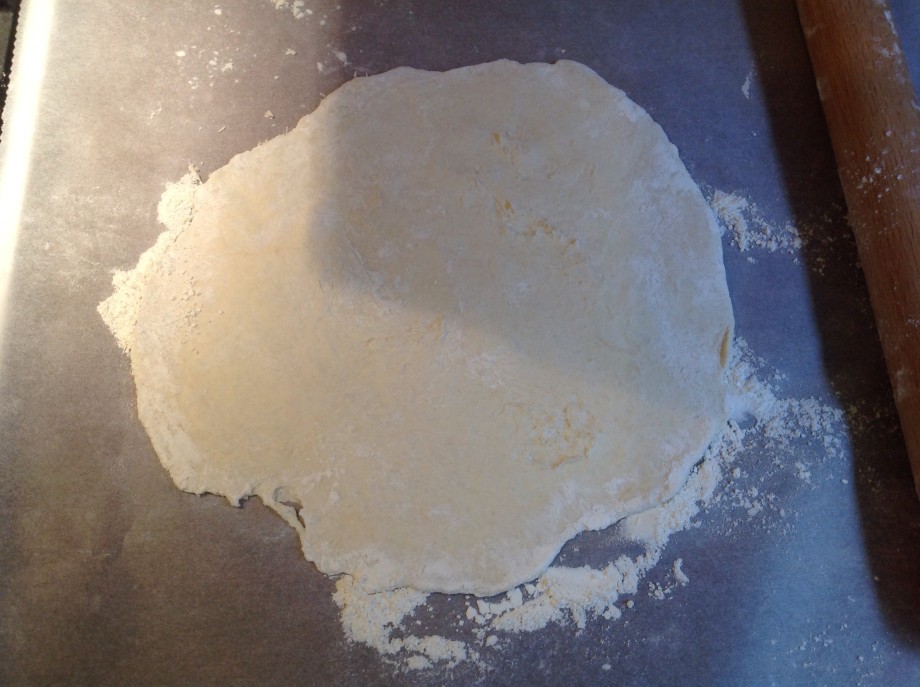

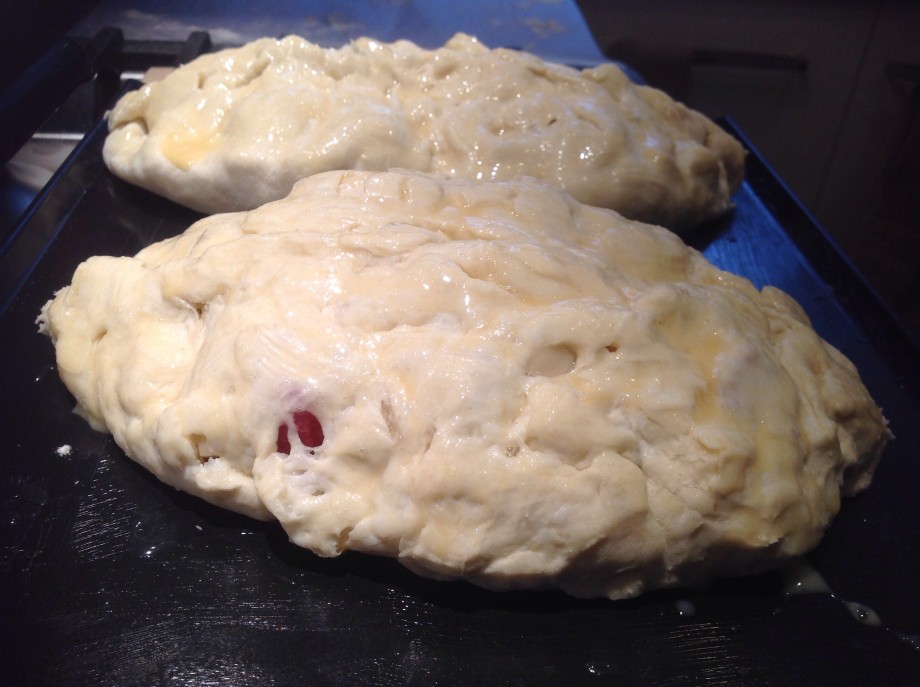
Well, what came out of the oven resembled more of a giant, slipper but it did smell of pasty, and it was crispy. The Jim and I sat down to eat it (it was so massive they didn’t really fit on plates), and because of the weak pastry we had to use knife and fork but it was very tasty. Crispy pastry, delicious filling, perfectly cooked, soft beef, well seasoned which we happily munched through whilst enjoying the spoils of our Spanish holiday – a very delicious red wine. All in all a success, perhaps not as a pasty, but certainly as a tasty dinner (mine fed me for lunch the following day too). Somebody else finished his.
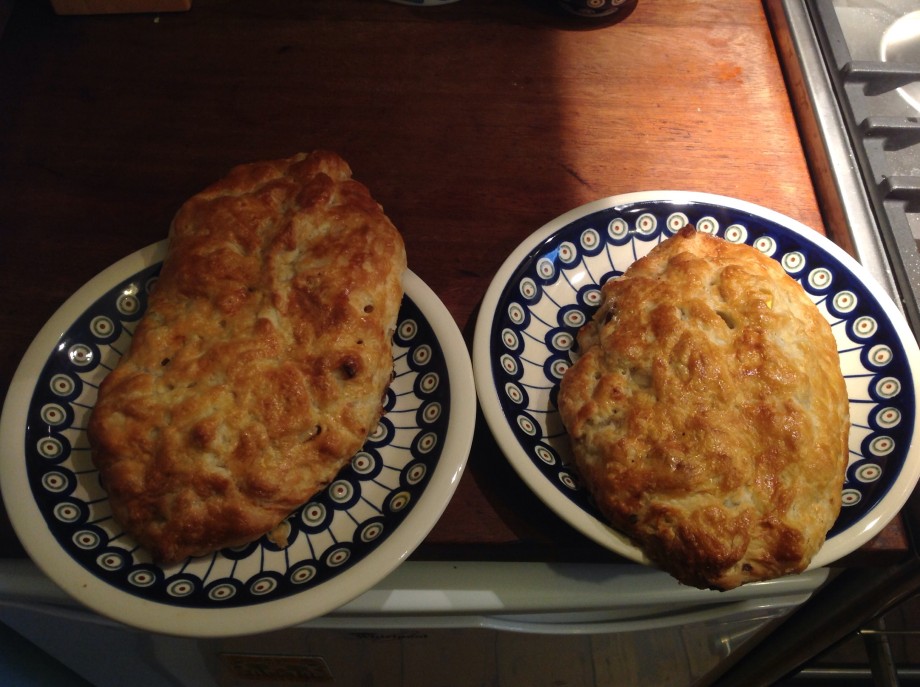
Finally, my challenge was to make a traditional Cornish pasty followed by another pasty of my choice. Well, I have done the first bit, but not the second. Dave – please can I skip part two? I am ready to start afresh please.
p.s. I STILL haven’t tried the kimchi.
They look great! Trust me, I’ve made much worse looking pasties in my time. The trick is not to overstuff them. I’ve never come across a recipe that didn’t overestimate how much filling you could fit inside the pasty. Restraint is needed – if you overfill, the pastry will tear and instead of a pasty, you’ll have a meat and veg filled doily.
And yes, your pastry was too wet. A little extra flour would have fixed that.
I’m very pleased you finally got around to making the pasties, and I shall certainly allow you to skip the second part of your challenge – on one condition. You *must* try the kimchi.